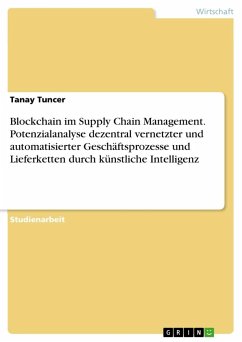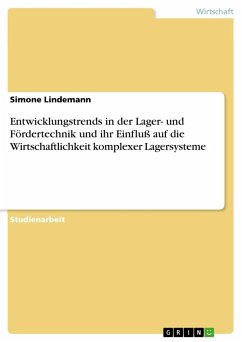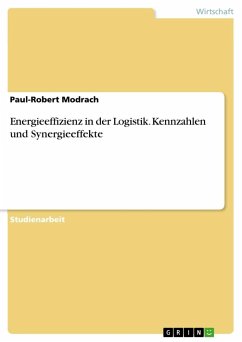Doctoral Thesis / Dissertation from the year 2009 in the subject Business economics - Supply, Production, Logistics, grade: summa cum laude, University Karlsruhe (TH) (Institut für Fördertechnik und Logistiksysteme), language: English, abstract: To increase the flexibility of application of continuous conveyor systems, a completely decentralized control system for a modular conveyor system is introduced in the paper. This system is able to carry conveyor units without any centralized infrastructure. Based on existing methods of decentralized data transfer in IT networks, single modules operate autonomously and, after being positioned into the required topology, independently connect together to become a functioning conveyor system. Parallel to the development of the decentralized control system, identical square modules were developed, which in a compact unit contain all of the features necessary to function as a switch, junction or linear conveyor section. To fulfill this task, every module is equipped with an RFID identification system, sensors, a multi-directional drive, and a microcontroller-based control unit that executes the control algorithm.The following functions can be performed by these modules with the help of the innovative control algorithm:-Independent generation of the topological map in the form of routing tables-Recognition of an incoming conveyor unit and identification of the destination address-Planning of the path to the destination taking into consideration conveyor units already located in the system-Protection against collisions and deadlocks, and transportation of the conveyor unit to the next module-Autonomous regulation of the injection rate to ensure the highest possible throughputThe throughput performance of the control algorithm developed here was analyzed by simulating representative topologies. Furthermore, it was proven that under certain conditions, despite the conveyor routes being used in multiple directions, a situation can never arise where conveyor units block each other and the flow of material comes to a halt in the form of a deadlock.








